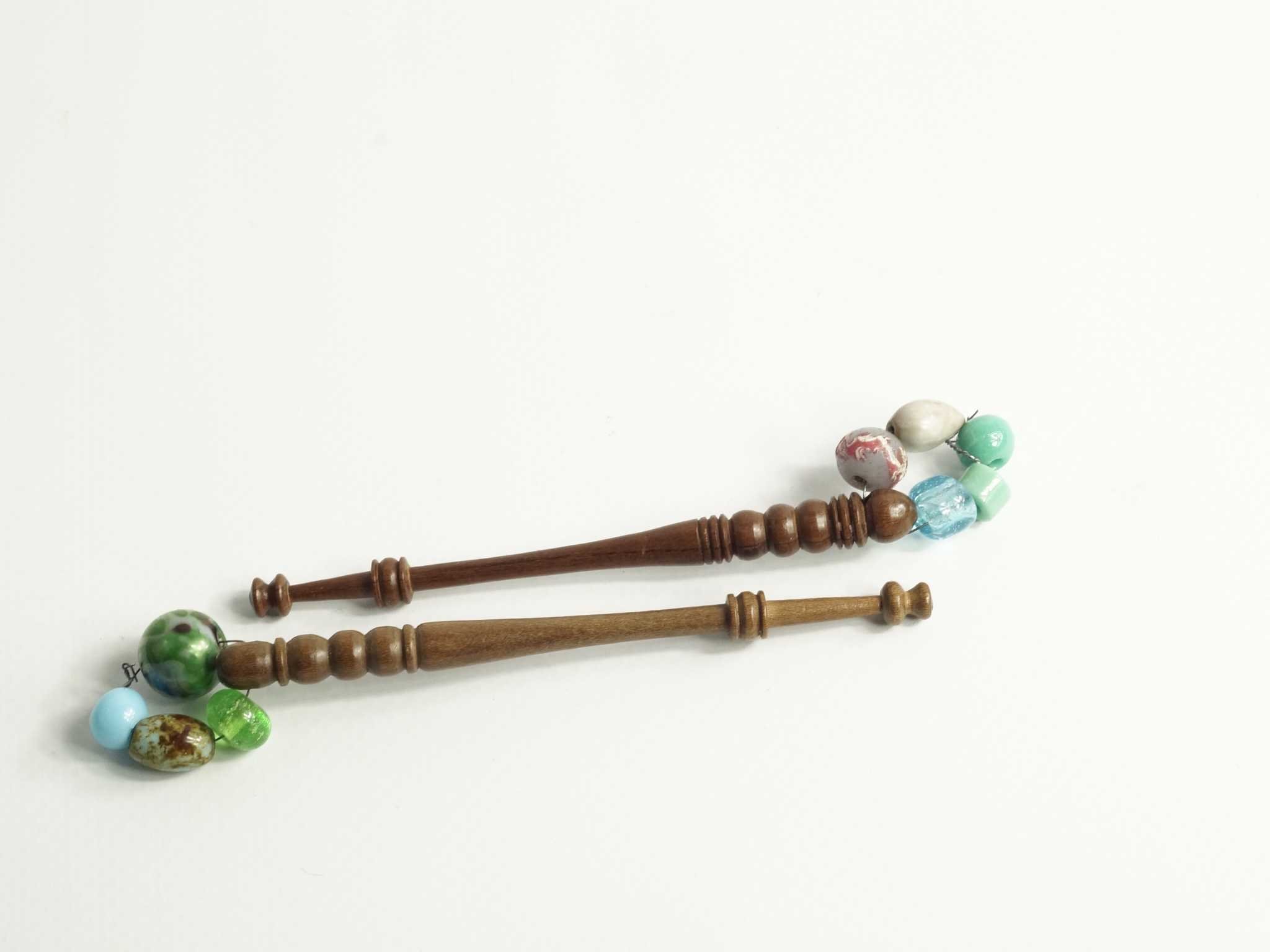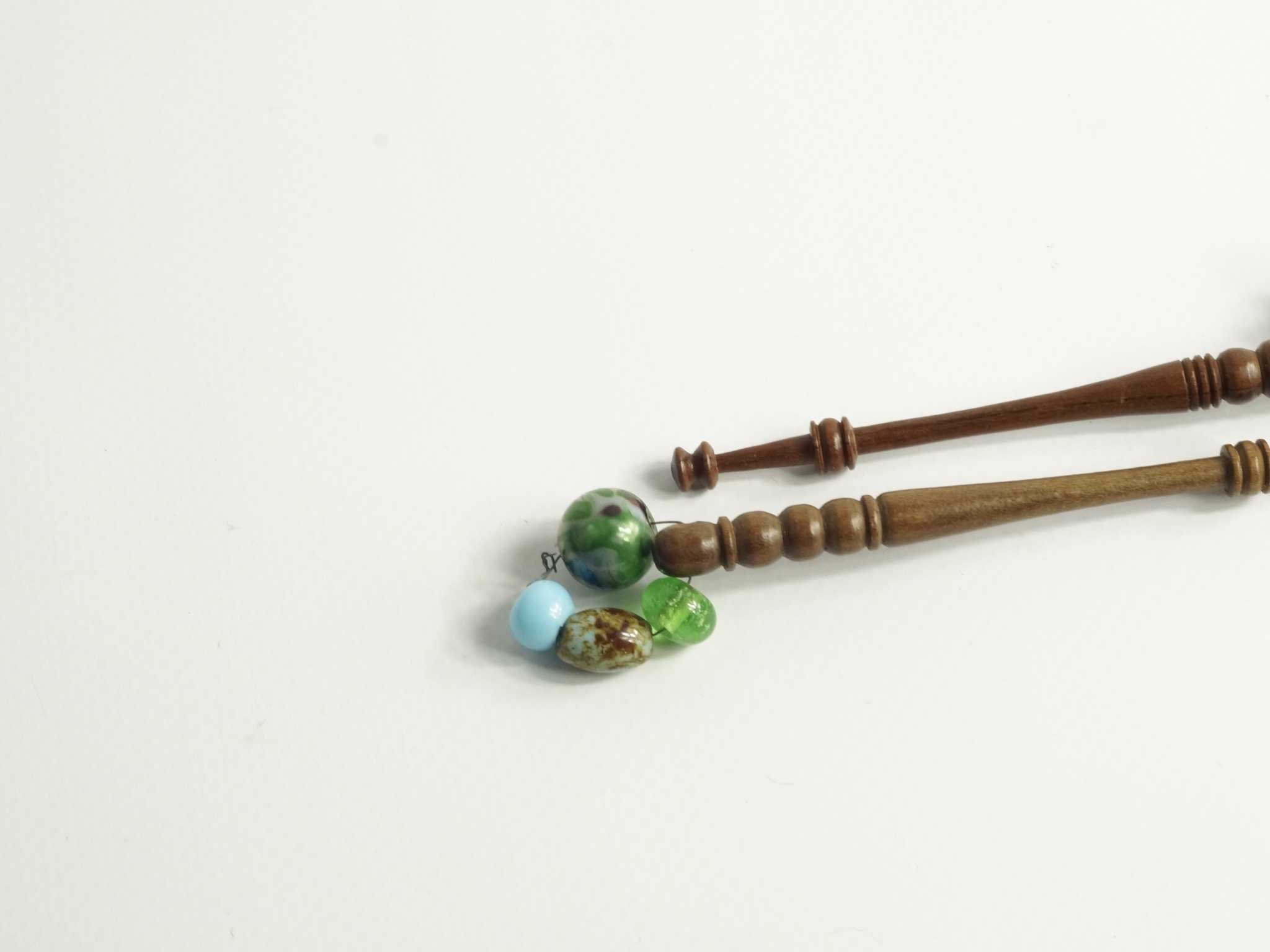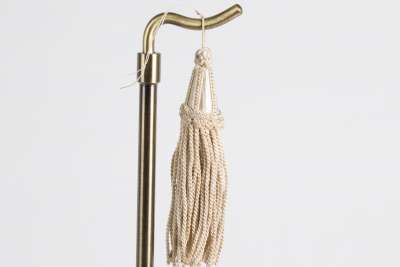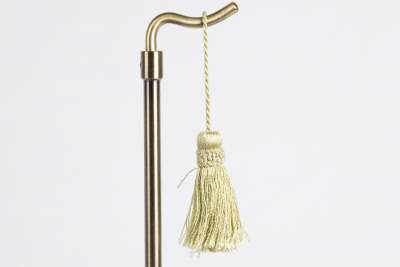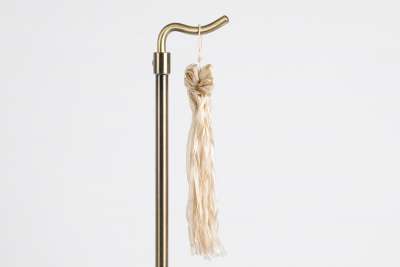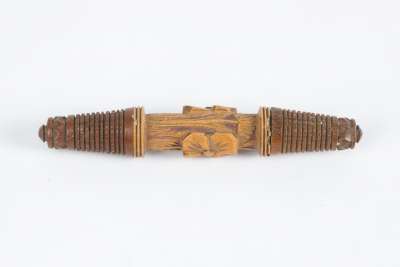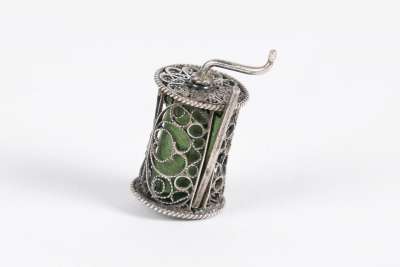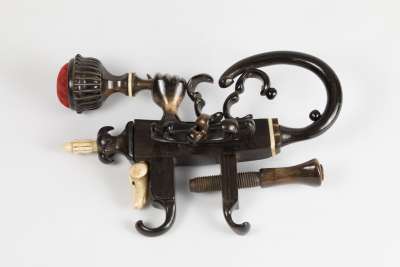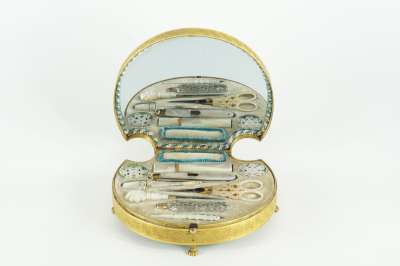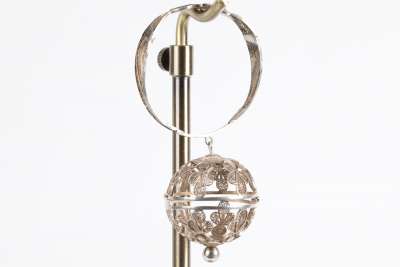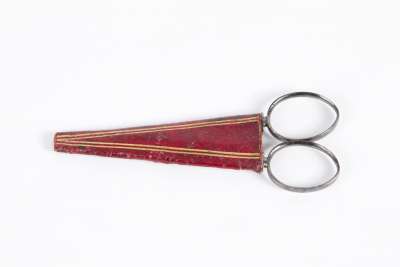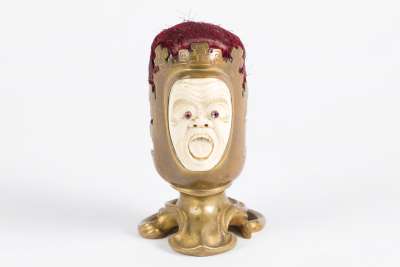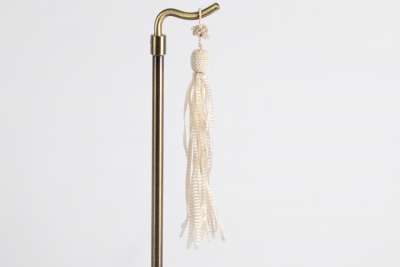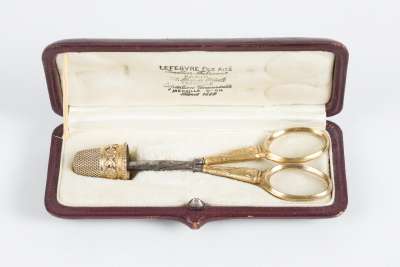These Wooden Victorian Lace Making Bobbins are a testament to the intricate craft of lace making prevalent during the Victorian era. Dating from circa 1850-1880, these bobbins are crafted from wood and adorned with their original beads. Each bobbin is a fine example of the attention to detail characteristic of the period, showcasing the seamless blend of functionality and design. Likely originating from England, these bobbins were essential tools for creating delicate lace, a popular embellishment in Victorian fashion.
Condition Report
The Wooden Victorian Lace Making Bobbins are in good condition, reflecting wear consistent with their age and historical use. While the wooden structure remains intact, minor surface wear is visible, showcasing the bobbins' enduring utility and history. The original beads are still affixed to the bobbins, though they show slight signs of wear and patina, which add to the authenticity and charm of these historical items. There are no significant damages or repairs noted, making them an excellent addition for collectors interested in Victorian-era textiles and tools.
Dimensions
Weight: 10gm per bobbin, Length: 11cm per bobbin.
Essential Tools for Lace Making
During the Victorian era, lace making was a refined craft, and bobbins like these were essential tools in the process. These bobbins would have been used to hold the thread or yarn, allowing the lace maker to weave intricate patterns. The addition of beads not only served an aesthetic purpose but also provided weight to maintain tension on the threads. These bobbins were likely part of a larger set, used in creating lace for clothing, home décor, and accessories, reflecting the era's appreciation for detailed craftsmanship.
Fine Example of Victorian Craftsmanship
The Victorian era was renowned for its intricate designs and attention to detail, and these lace-making bobbins exemplify that legacy. The smooth wooden finish and delicate beading highlight the era's focus on combining practicality with beauty. Items like these were often handcrafted, reflecting the skills and dedication of artisans of the time. As functional as they were decorative, these bobbins are a representation of Victorian craftsmanship's meticulous nature, serving both utilitarian and ornamental purposes in the art of lace making.
The Craft of Wooden Bobbin Making
Creating wooden lace-making bobbins involved skilled artisans who meticulously carved each piece from wood. The process required precision to ensure that the bobbin was balanced and smooth, allowing the lace maker to work efficiently. The addition of beads was both decorative and functional, serving to provide extra tension while working with delicate threads. This craftsmanship highlights the era's emphasis on quality and detail, with each bobbin being a unique testament to the artisan's skill and the period's dedication to fine craftsmanship.
Originating from English Workshops
These bobbins were likely crafted in English workshops, which were renowned for their detailed and high-quality textile tools. The Victorian period was a time of innovation and craftsmanship in England, with a focus on creating fine tools that aided in the production of exquisite lacework. Although the specific maker of these bobbins is unknown, they reflect the typical style and quality associated with English artisans of the period. Such tools were essential in the production of Victorian lace, a popular and highly valued textile in that era.
Collected by Enthusiasts of Textile History
Wooden Victorian Lace Making Bobbins are highly sought after by collectors with an interest in textile history. These items not only represent the functional aspects of lace making but also offer insights into the social and cultural practices of the Victorian era. Collectors appreciate the narrative these tools tell about the past, from the craftsmanship involved in their creation to their role in the textile industry. As tangible links to history, these bobbins are valued for their historical significance and their embodiment of Victorian craftsmanship.
